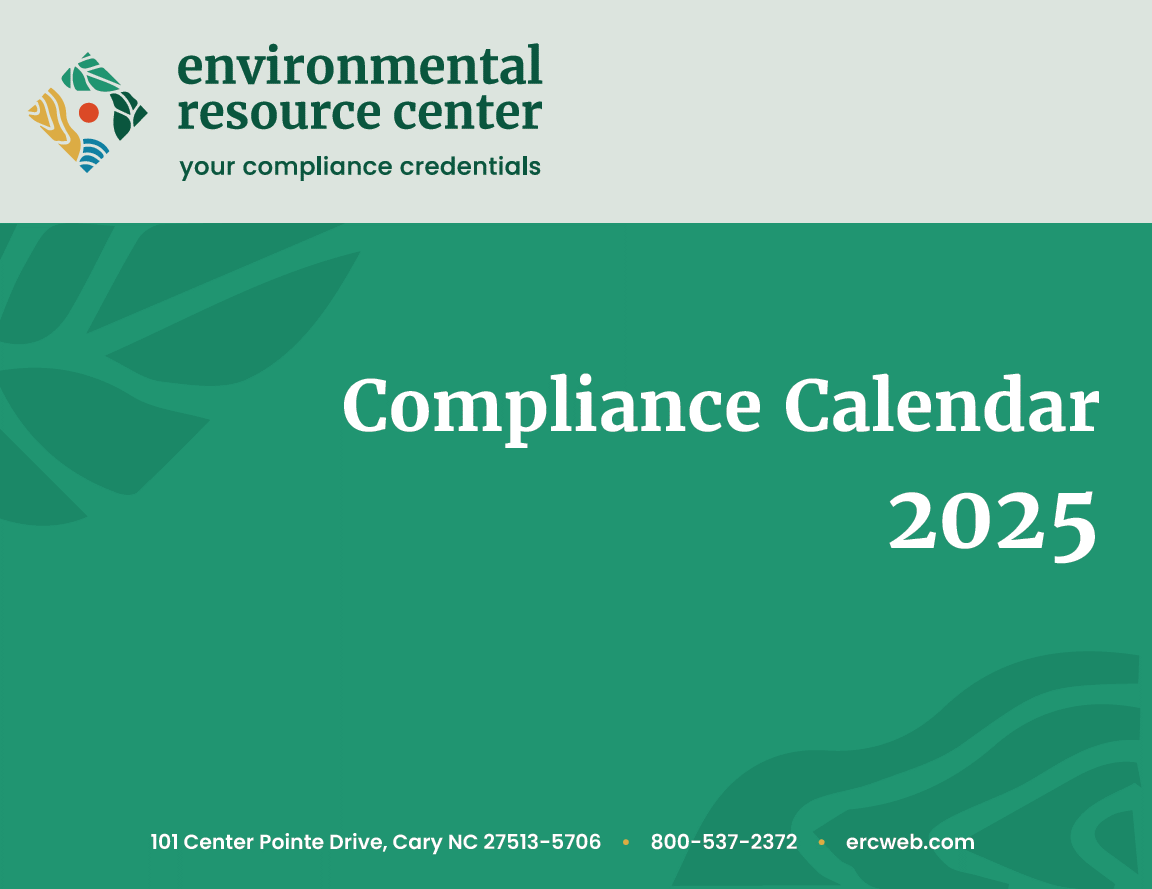 Secretary of Transportation Sean P. Duffy announced 52 deregulatory actions across Federal Highway Administration (FHWA), Federal Motor Carrier Safety Administration (FMCSA), and National Highway Traffic Safety Administration (NHTSA). In total, the deregulatory package will rescind, withdraw, or amend burdensome regulations that do not enhance safety. These actions also help streamline the Code of Federal Regulations by deleting over 73,000 words from the Federal Registry.
Secretary of Transportation Sean P. Duffy announced 52 deregulatory actions across Federal Highway Administration (FHWA), Federal Motor Carrier Safety Administration (FMCSA), and National Highway Traffic Safety Administration (NHTSA). In total, the deregulatory package will rescind, withdraw, or amend burdensome regulations that do not enhance safety. These actions also help streamline the Code of Federal Regulations by deleting over 73,000 words from the Federal Registry. The deregulatory actions primarily target redundant and decade-old rules that have no real-life application. This includes cutting duplicative provisions at FHWA for construction contracts and axing an outdated rule under FMCSA which requires a paper copy of an Electronic Logging Device’s operator’s manual even when it can be found online. Another FMCSA change would ensure military technicians – who undergo rigorous military driver trainings – are not unfairly burdened by duplicative civilian commercial driver’s license requirements when operating commercial trucks for military purposes.
Another change to help ensure safety for children includes a proposed amendment to use a properly sized crash test dummy in NHTSA’s car seat side impact tests. The proposed amendments will also help car seat manufacturers streamline development and testing to ensure sufficient availability of car seats for children to travel safely.
Of the 52 deregulatory actions, 43 are at the Notice Proposed Rulemaking (NPRM) stage, seven are final rules, and two are withdrawals of rulemaking actions.
For help navigating these complex regulatory changes, contact Environmental Resource Center at service@ercweb.com.
The Training You Need – When You Need It
Learn when it’s convenient for you. Many of Environmental Resource Center’s courses are available in a computer-based training format. Check out our website for a complete list of available courses!
 Ototoxicants, or chemicals that can cause hearing loss, were first identified in the early 1900s. But as Alex Cardone, MPH, CIH, explained in an educational session held May 20 at AIHA Connect 2025 in Kansas City, much about these substances remains mysterious. It isn’t clear, for example, by what mechanism they affect hearing and to what degree they are responsible for hearing loss in exposed individuals. And there is still uncertainty about which chemicals have ototoxic effects. ACGIH, for example, has developed Threshold Limit Values for just four ototoxicants, all of them solvents.
Ototoxicants, or chemicals that can cause hearing loss, were first identified in the early 1900s. But as Alex Cardone, MPH, CIH, explained in an educational session held May 20 at AIHA Connect 2025 in Kansas City, much about these substances remains mysterious. It isn’t clear, for example, by what mechanism they affect hearing and to what degree they are responsible for hearing loss in exposed individuals. And there is still uncertainty about which chemicals have ototoxic effects. ACGIH, for example, has developed Threshold Limit Values for just four ototoxicants, all of them solvents.A partial list of recognized ototoxicants includes solvents such as xylene, toluene, methyl ethyl ketone, and benzene; the metals cadmium, lead, mercury, and manganese; pharmaceuticals such as aspirin and non-steroidal anti-inflammatory drugs (NSAIDs); and the asphyxiant carbon monoxide. Though Cardone hasn’t found methylene chloride (MC) on any list of ototoxicants, he considers it to be an ototoxicant since exposure to MC can create carbon monoxide in the liver and potentially lead to carbon monoxide poisoning.
While more research on ototoxicants is needed, studies show that they primarily target the middle or inner ear, Cardone said. Exposure to solvents or carbon monoxide can affect the cilia, the hair-like structures that help convert sound vibrations into electrical signals for the brain to process. Benzene compromises the stapedius, a muscle in the middle ear that activates to diminish large sound pressure waves.
Ototoxicant exposure also has possible additive or synergistic effects on hearing loss when combined with noise. Cardone discussed a 2017 study of personnel at a shipyard in Portsmouth, Virginia, which found that workers exposed to ototoxicants were 2.4 times more likely to experience a permanent threshold shift in their hearing. Other studies suggest that the combination of noise exposures with some ototoxicants corresponds with a higher rate of threshold shift in workers. The good news, Cardone said, is that evidence increasingly shows that some hearing loss can be reversed if exposure to ototoxicants is controlled.
The first step in controlling ototoxicants is to identify which ones are present in the workplace. Resources that can help with this task include safety data sheets, AIHA’s Noise Manual, the Journal of Occupational and Environmental Hygiene, and the ACGIH TLV manual. Reviewing chemical logs can provide an idea of the prevalence of ototoxicants at a site.
To evaluate ototoxicant exposures alone—that is, without considering noise—Cardone recommended prioritizing inhalation exposures that are greater than 50 percent of the relevant occupational exposure limit. Workers with significant dermal exposures or whose inhalation exposures exceed the action level are placed in the hearing conservation program.
For workers who are exposed to both ototoxicants and noise, OEHS professionals must consider possible additive or synergistic effects. In both cases, Cardone’s organization—he is the supervisory industrial hygienist at a United States Air Force base—has developed benchmarks for assigning workers to the hearing conservation program. For example, workers exposed to both noise and an additive ototoxicant are placed in the program if their chemical exposure exceeds 25 percent of the OEL. For synergistic ototoxicants, the benchmark is an exceedance of 10 percent of the OEL.
Cardone acknowledged that many workplaces are hesitant about addressing ototoxicants due to uncertainties around the science. But given that hearing loss is one of the most common workers’ compensation claims, both workers and employers stand to benefit when OEHS professionals are proactive about ototoxicants.
 EPA announced a settlement with South Pacific Petroleum Corporation, Inc. over claims of violations of the Clean Water Act at the company’s facility located in Piti, Guam. Under the terms of the settlement, the company will take actions to improve operations and maintenance at the petroleum storage facility.
EPA announced a settlement with South Pacific Petroleum Corporation, Inc. over claims of violations of the Clean Water Act at the company’s facility located in Piti, Guam. Under the terms of the settlement, the company will take actions to improve operations and maintenance at the petroleum storage facility.“Under the Clean Water Act, oily wastewater cannot go in island waterways. Guam’s waters must be protected," said EPA Pacific Southwest Regional Administrator Josh F.W. Cook. "This Order will stop contamination from reaching Guam’s coastal waters used for recreation and fishing. As the U.S. expands our national defense in the Pacific, Guam environmental issues will be at the top of the list.”
The South Pacific Petroleum Cabras Island Terminal is a bulk petroleum storage and wholesale distribution facility that receives, stores, and distributes gasoline, diesel, and jet fuel. The facility is authorized to discharge treated oily wastewater and stormwater under a National Pollutant Discharge Elimination System permit.
In February 2025, an EPA inspector performed an on-site inspection and found that the facility had not properly operated and maintained treatment units, which led to inadequate treatment and excess oily wastewater leaving the facility and flowing into Apra Harbor.
Under the Order, South Pacific Petroleum has agreed to:
- Complete maintenance to remove oily waste and materials within the oil water separators and the oily waste storage area, and ensure materials are properly disposed
- Complete maintenance to ensure oil water separator treatment systems are functioning properly
- Clean the trench drains surrounding the loading rack area and ensure materials are properly disposed
- Clean all spills within the loading rack area
- Minimize any potential spillage for all liquid storage tanks within the loading rack area
- Update the facility’s Pollution Prevention Plan to address the noncompliance, including a cleaning schedule to remove oily waste and debris from the oil water separators at least once per year
- Develop a Capital Improvement Project plan to upgrade, repair, and/or replace all corroded, damaged, and leaking equipment within the loading rack area, including pipes, pumps, fuel lines, switches, valves, and other components which have the potential to cause spills
South Pacific Petroleum Corporation will be able to continue daily operations at the facility as it carries out the Order.
The National Pollution Discharge Elimination System permit program, created in 1972 by the Clean Water Act, helps address water pollution by regulating sources that discharge pollutants to waters of the United States.
 This IUCLID release from ECHA introduces format changes to all users and, more specifically, to new user groups. These include companies having obligations under the EU's Drinking Water Directive, or those required to report annual estimated emissions of microplastics under the REACH restriction of intentional uses of microplastics.
This IUCLID release from ECHA introduces format changes to all users and, more specifically, to new user groups. These include companies having obligations under the EU's Drinking Water Directive, or those required to report annual estimated emissions of microplastics under the REACH restriction of intentional uses of microplastics.For biocides, the table of contents has been made clearer and new quality rules have been added to the validation assistant to help applicants identify the information requirements more quickly.
Additionally, this release introduces improvements to the user interface and changes to the software support for local IUCLID installations.
Our webinar given on 28 May provides an overview of all these changes. More targeted, user-group-specific information will also be available for companies using IUCLID, for example, for tasks under the Biocidal Products Regulation and the Drinking Water Directive.
ECHA offers IUCLID as a cloud service, where ECHA takes care of the installation of the new release and migration for companies.
News Links
Trivia Question of the Week



